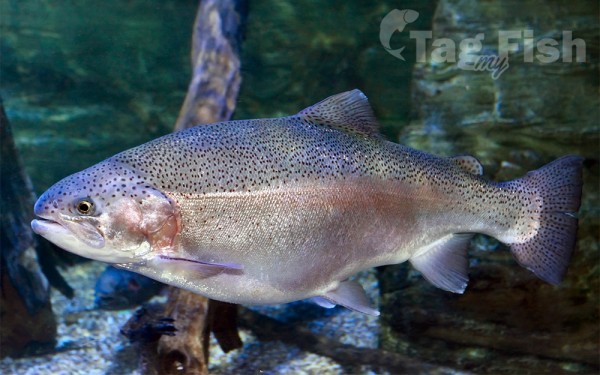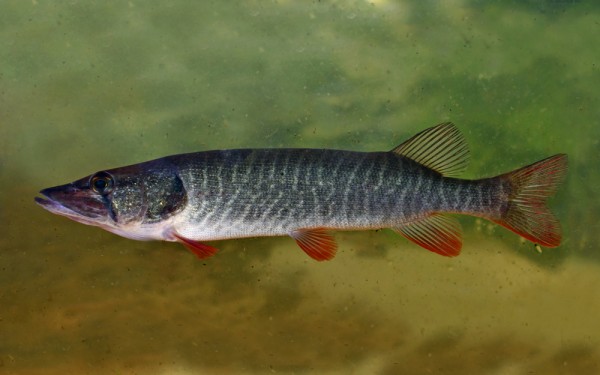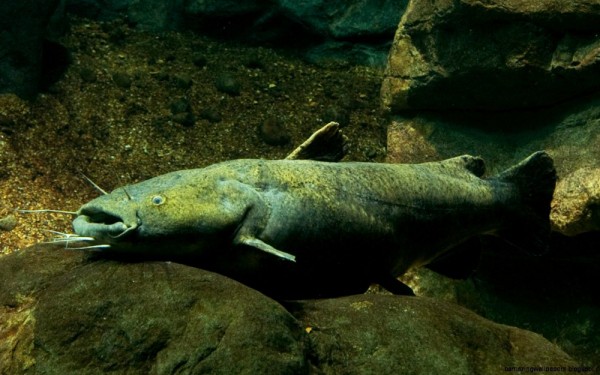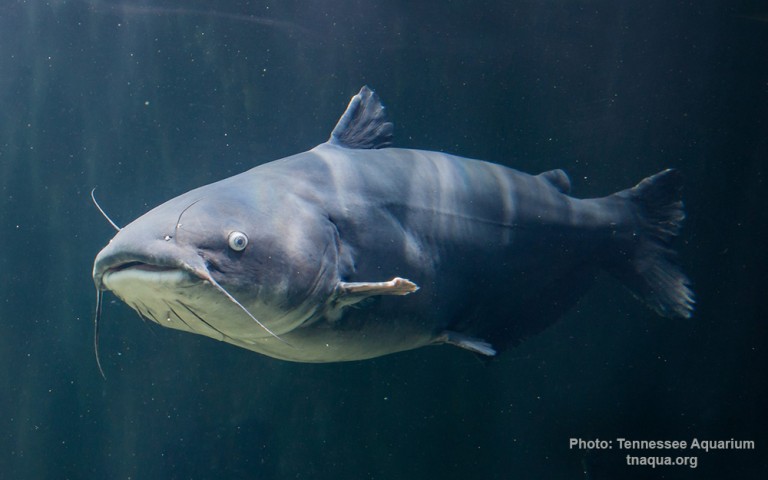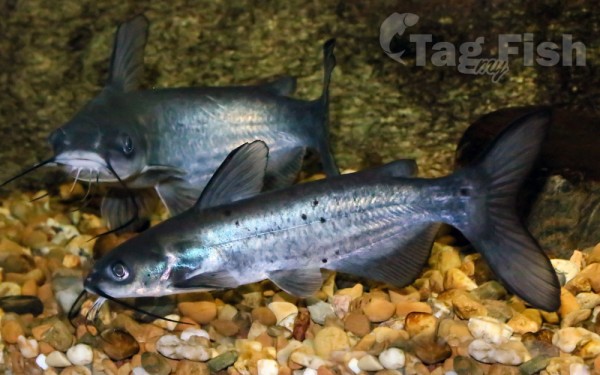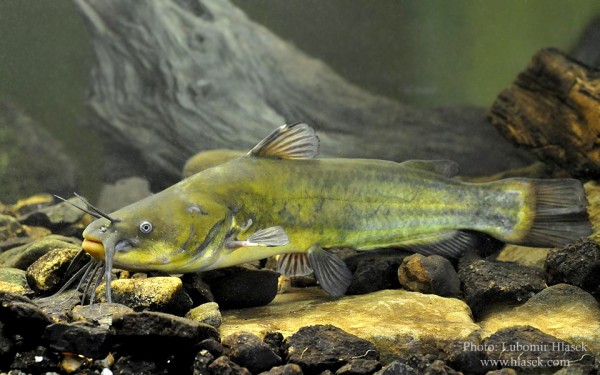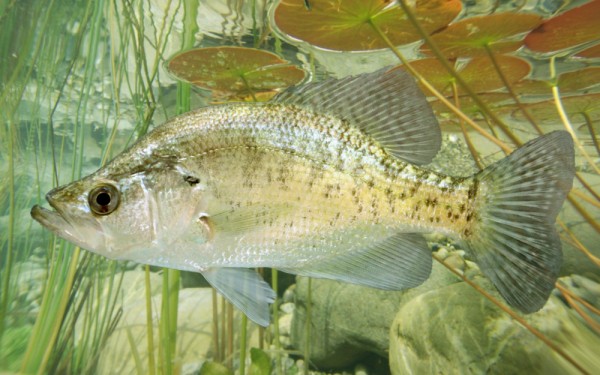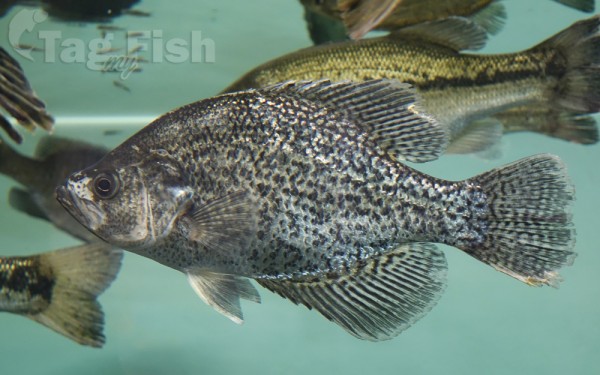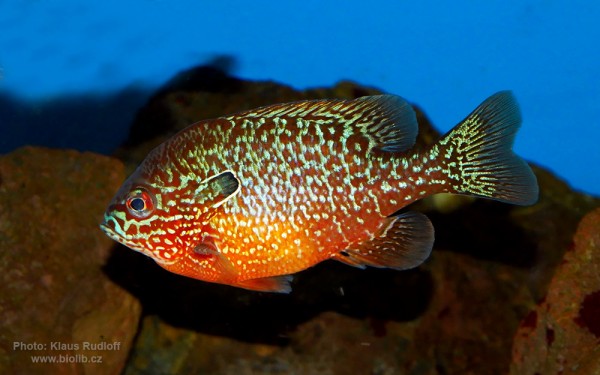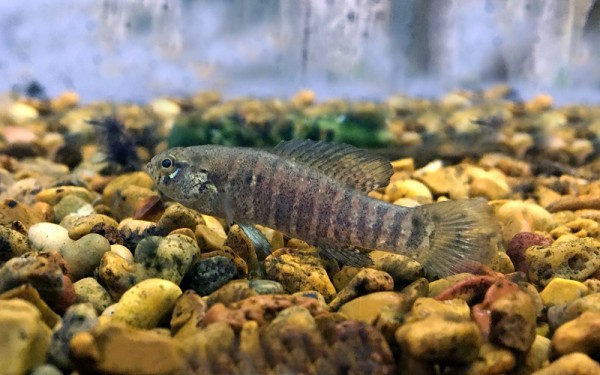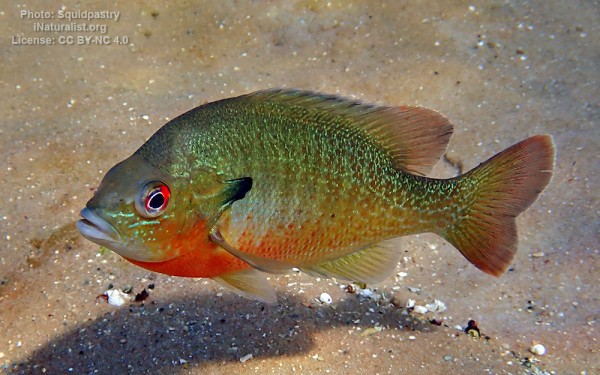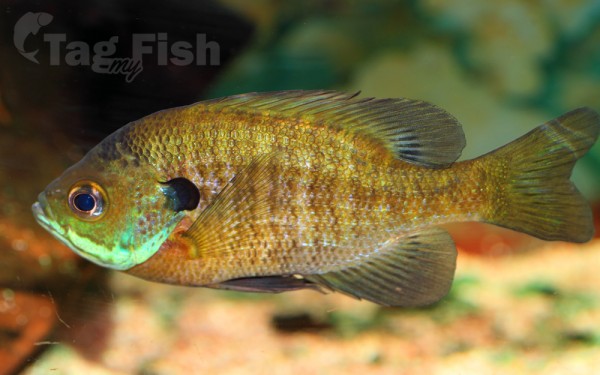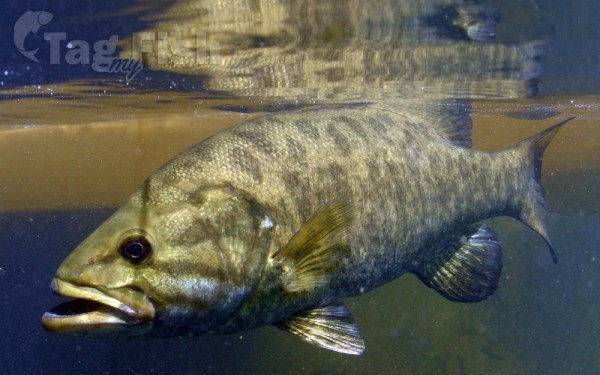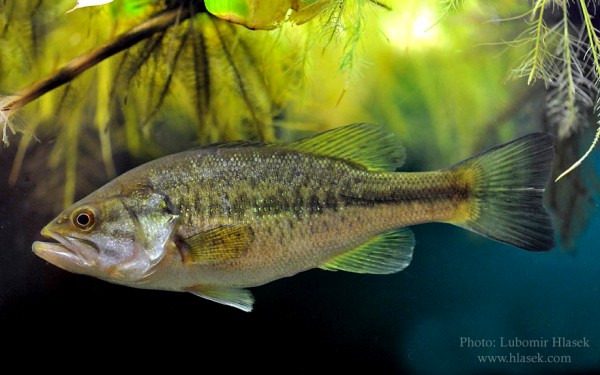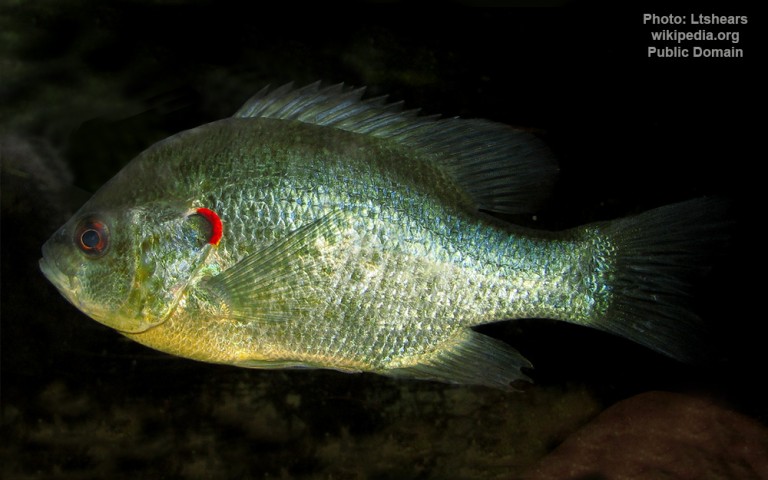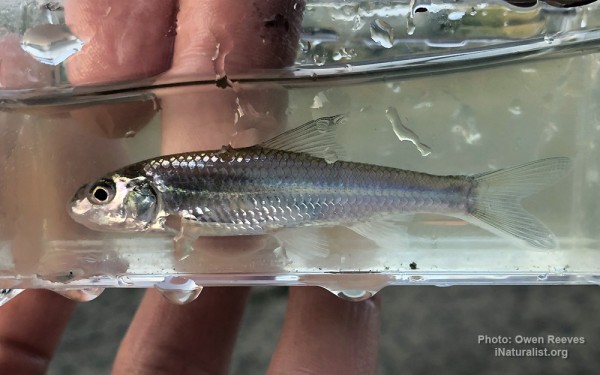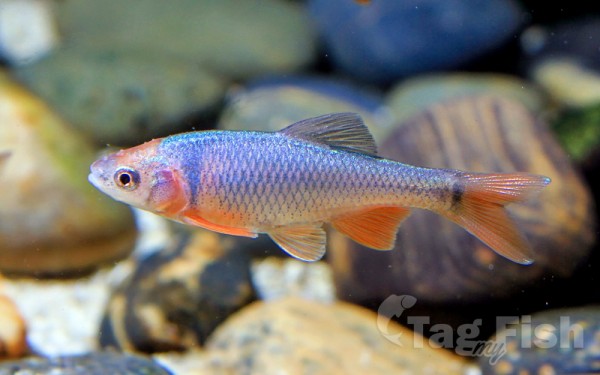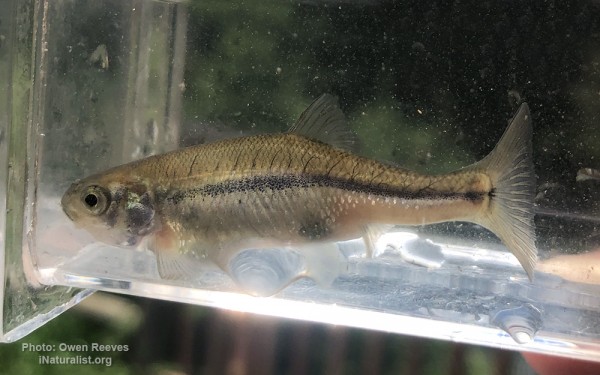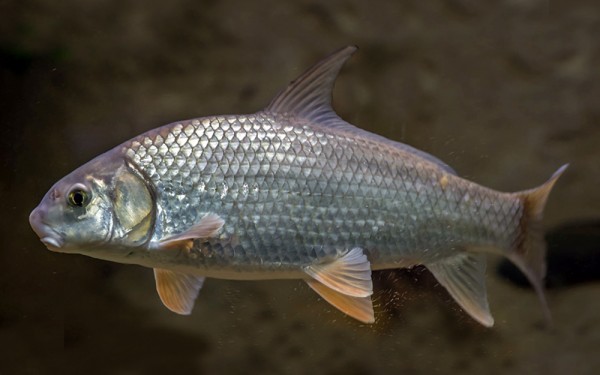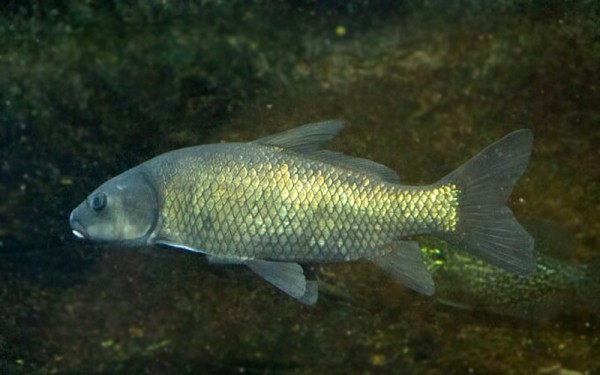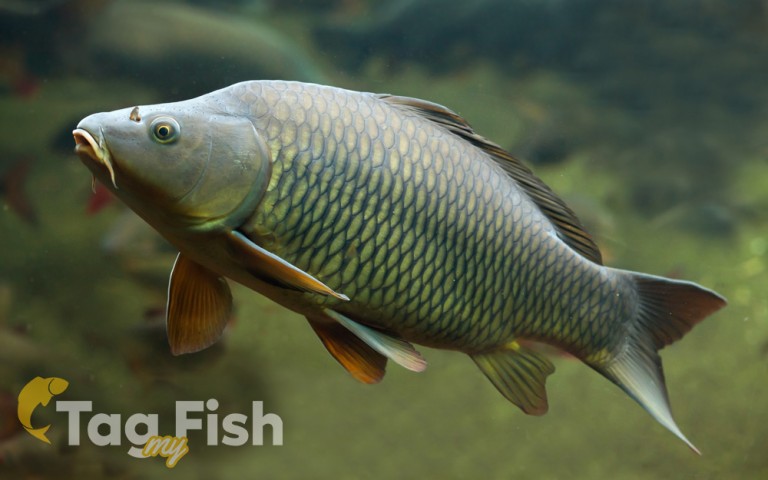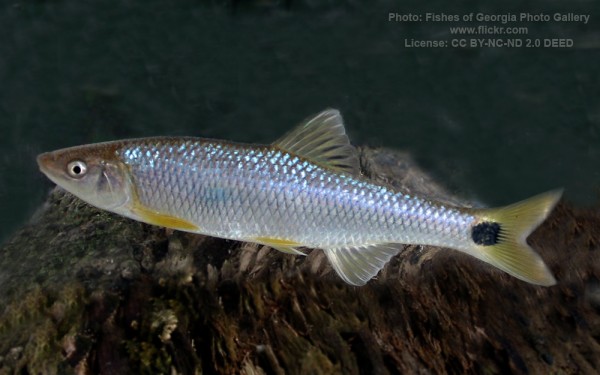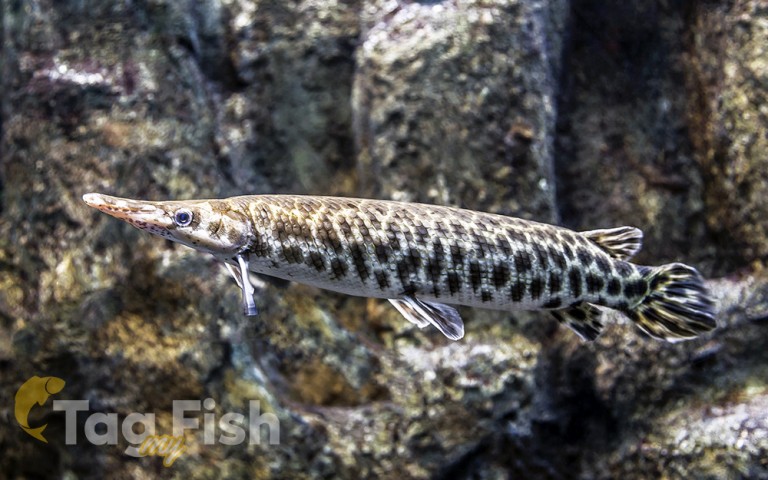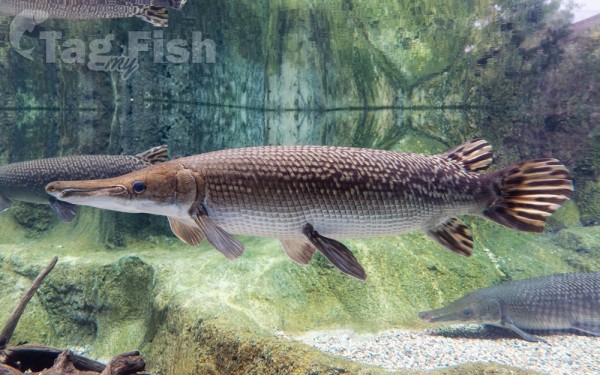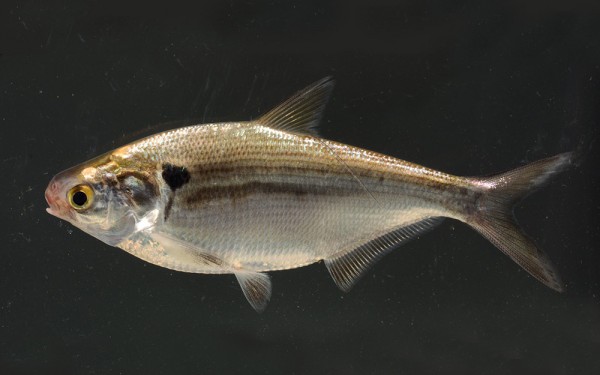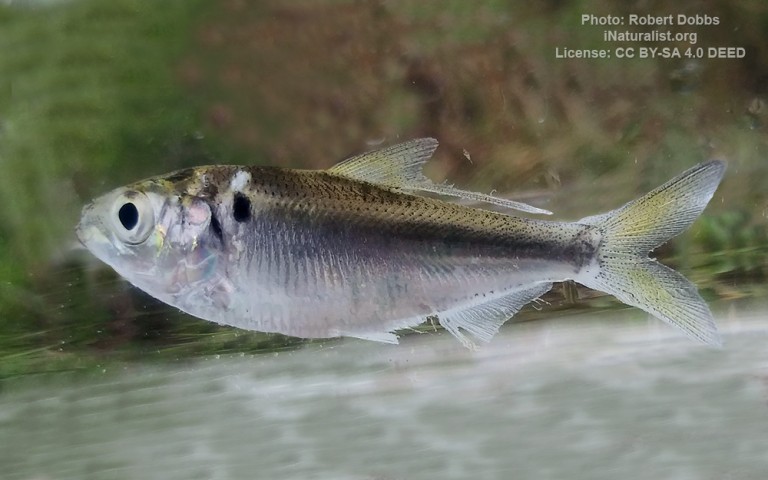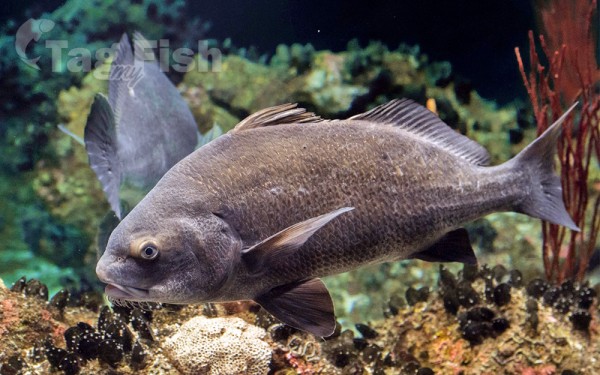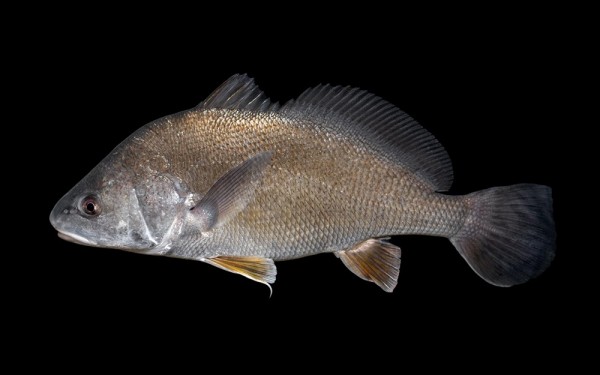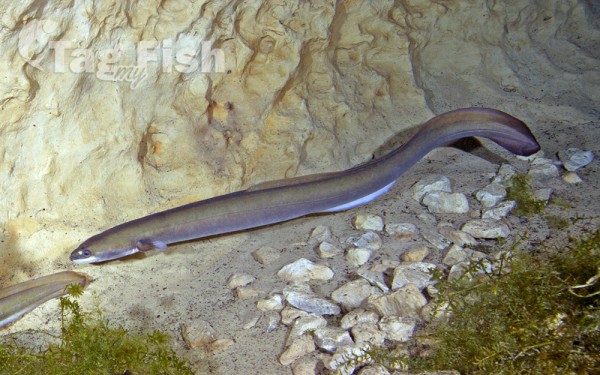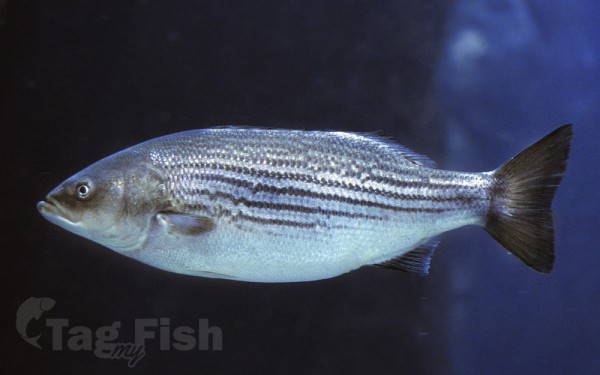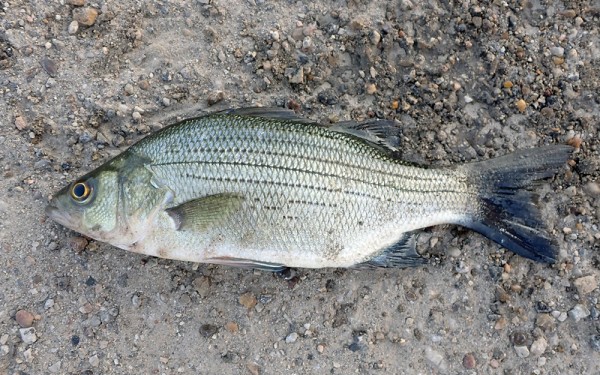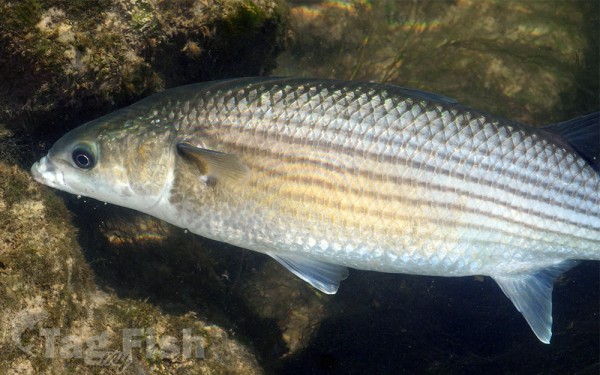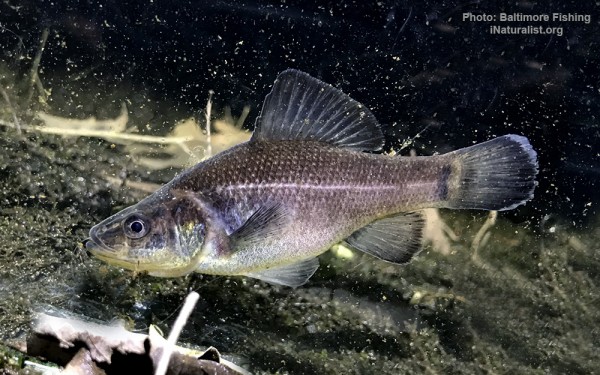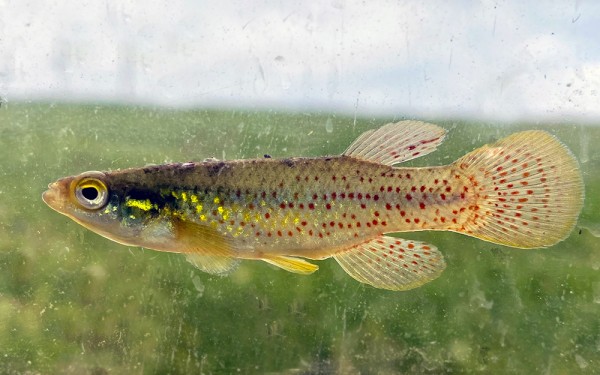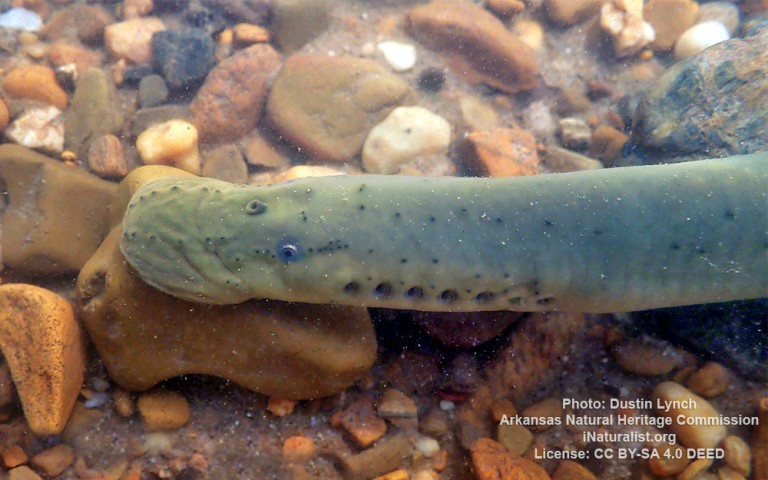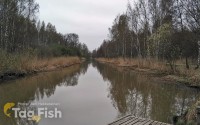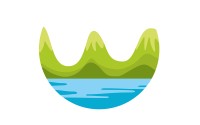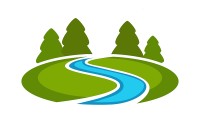San Gabriel River (Texas)
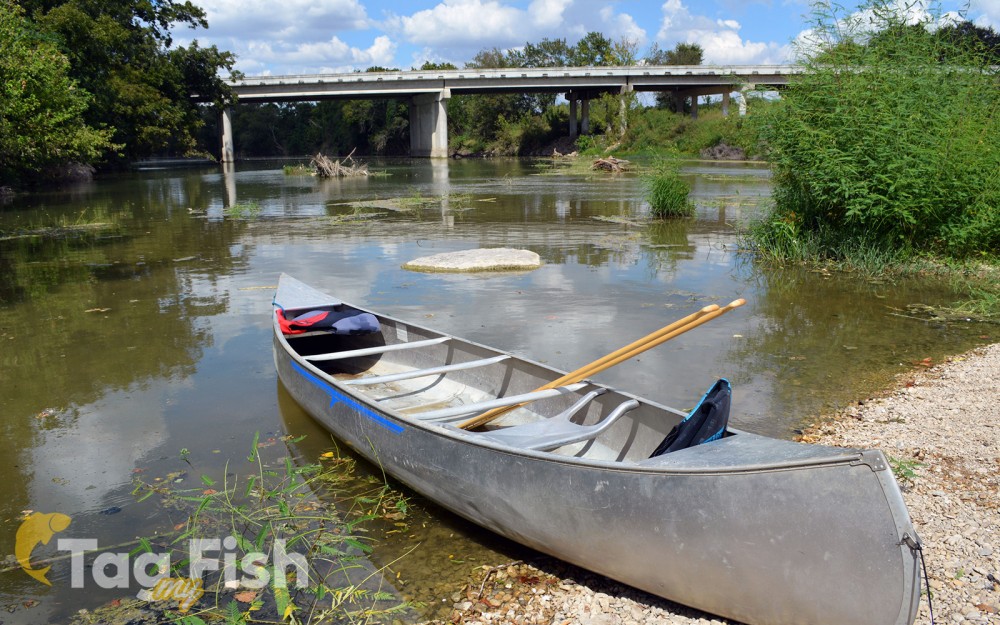
Salmoniformes - Salmons and Trouts
Esociformes - Pikes
Siluriformes - Catfishes
Centrarchiformes - Basses and sunfishes
Cypriniformes - Carps
Lepisosteiformes - Gars
Clupeiformes - Herrings
Acanthuriformes - Surgeonfishes
Anguilliformes - Eels and morays
Moroniformes - Temperate basses
Mugiliformes - Mullets
Percopsiformes - Trout-perches
Cyprinodontiformes - Toothcarps
Petromyzontiformes - Lampreys
Salmoniformes - Salmons and Trouts
Esociformes - Pikes
Siluriformes - Catfishes
Centrarchiformes - Basses and sunfishes
Cypriniformes - Carps
Lepisosteiformes - Gars
Clupeiformes - Herrings
Acanthuriformes - Surgeonfishes
Anguilliformes - Eels and morays
Moroniformes - Temperate basses
Mugiliformes - Mullets
Percopsiformes - Trout-perches
Cyprinodontiformes - Toothcarps
Petromyzontiformes - Lampreys
The San Gabriel River is a river that flows through central Texas, USA.
The San Gabriel River is formed in Georgetown by the confluence of the North Fork San Gabriel and the South Fork San Gabriel, both of which originate in Burnet County.
There are two major impoundments of the river: Lake Georgetown along the North Fork, and Granger Lake, about 25 miles (40 km) below the confluence. Both are U.S. Army Corps of Engineers impoundments.
The San Gabriel River joins the Little River five miles south of Cameron which then meets the Brazos River northwest of College Station.
Like most Texas Hill Country rivers, the San Gabriel west of the Balcones Fault is characterized by limestone river bottoms, some moderate rapids, small canyons, and muddy bottoms along slower-moving stretches; east of the Balcones Fault, the San Gabriel flows through the Blackland Prairie where rock features at the surface are more rare and the deep, clay soils are rolling to level and support dryland farms and more lush pastures than the thin soils to the west. Given the past tendency toward periodic large-scale but short-lived floods before construction of the large impoundments, much of the bottomland along the river banks east of Georgetown is forested with a mix of native oak and pecan plus other varieties, though in some locations pecan orchards with grafted varieties have been established as commercial enterprises.
Recreational activities include canoeing, kayaking and fishing.
Typical fish species found in the river are catfish, largemouth bass, sunfish, carp, longnose gar and various smaller fishes. However, many game fish and introduced species are found in the impoundments at Lake Georgetown and Granger Lake.
